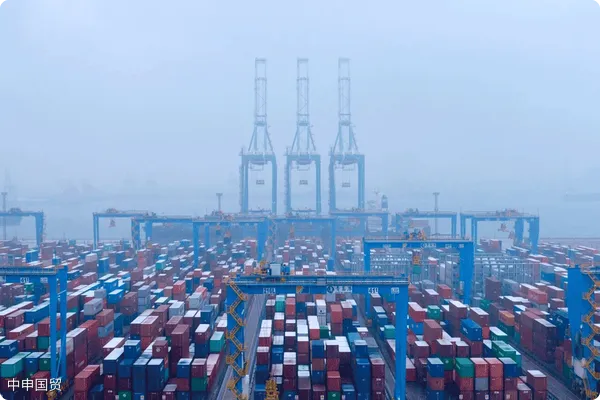- Shanghai Zhongshen International Trade Co., Ltd. - Two decades of trade agency expertise.
- Service Hotline: 139 1787 2118

Five Hidden Risk Areas in Imported Engineering Equipment
The global engineering machinery market size is projected to exceed $300 billion in 2025, with China accounting for over 35% as the largestEquipment ImportsCountry. However, industry data shows that 73% of purchasers experience customs clearance delays or additional costs during their first import, with 32% involving losses at the million-yuan level. These risks are often hidden in the following areas:
- Technical parameter misinterpretation: EU CE certification 2025 edition adds 13 new testing indicators for engineering equipment
- Transportation Plan Deviation: Oversized equipment requires special transportation route declaration 6 months in advance
- Tariff classification dispute: CNC modules and complete machines have a 7.8% tariff rate difference
Value creation chain of professional agency services
Four core competency matrices that quality agency service providers should possess:
- Market access qualification management
- 3CCertification fast track (average reduction of 28 working days)
- Pre-assessment system for environmental protection of used equipment imports
- Customs clearance strategy optimization
- Free trade agreement tariff applicability diagnosis
- Pre-review mechanism for classification disputes
Practical case: Complete service chain for shield machine imports
A provincial construction group encountered the following when purchasing a 9.8-meter diameter Herrenknecht shield machine from Germany in 2025:
- Equipment disassembly plan did not comply with Chinas road transport regulations
- Control system modules were mistakenly classified under the complete machine tariff category
The agency service provider completed within 15 working days:
- Redesigned modular transportation plan, saving 470,000 yuan in port storage fees
- Applied for scientific innovation import subsidies, reducing overall costs by 18%
Industry trend response strategies for 2025
According to the latest WTO trade monitoring report, three major changes are emerging in the engineering equipment sector:
- Technological barriers escalation16 countries updated their equipment safety certification systems
- Dynamic tariff adjustmentsRCEP member states entered the third phase of tariff reductions for construction machinery
- Logistics model innovation:China-Europe Railway ExpressLaunched dedicated heavy equipment rail services
Professional agency service providers should establish a three-dimensional risk control system: pre-event parameter review, in-process dynamic monitoring, and post-event data accumulation, helping purchasers improve customs clearance efficiency by 40% and reduce overall costs by 23%.
Four golden standards for selecting service providers
- Completeness of the industry databaseTechnical parameter database covering 300+ equipment models
- Professionalism of customs affairs teamMinimum 5 years of engineering equipment clearance experience
- Emergency handling capacity: 72-hour rapid response mechanism
- Value-added service networkEstablished green channels for special equipment with 30+ ports
Importing engineering equipment is essentially a systematic risk management project. Professional agency services that intervene at the equipment selection stage can increase project success rates to 92% through full-process control. In 2025, with accelerated equipment iteration, selecting partners with deep industry expertise has become a key prerequisite for procurement decisions.
Related Recommendations
? 2025. All Rights Reserved. Shanghai ICP No. 2023007705-2  PSB Record: Shanghai No.31011502009912
PSB Record: Shanghai No.31011502009912










